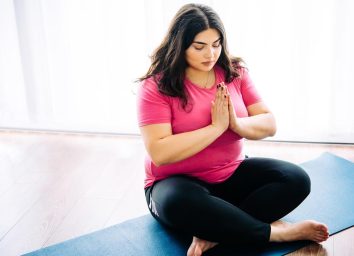27 Health and Fitness Myths You Must Stop Believing
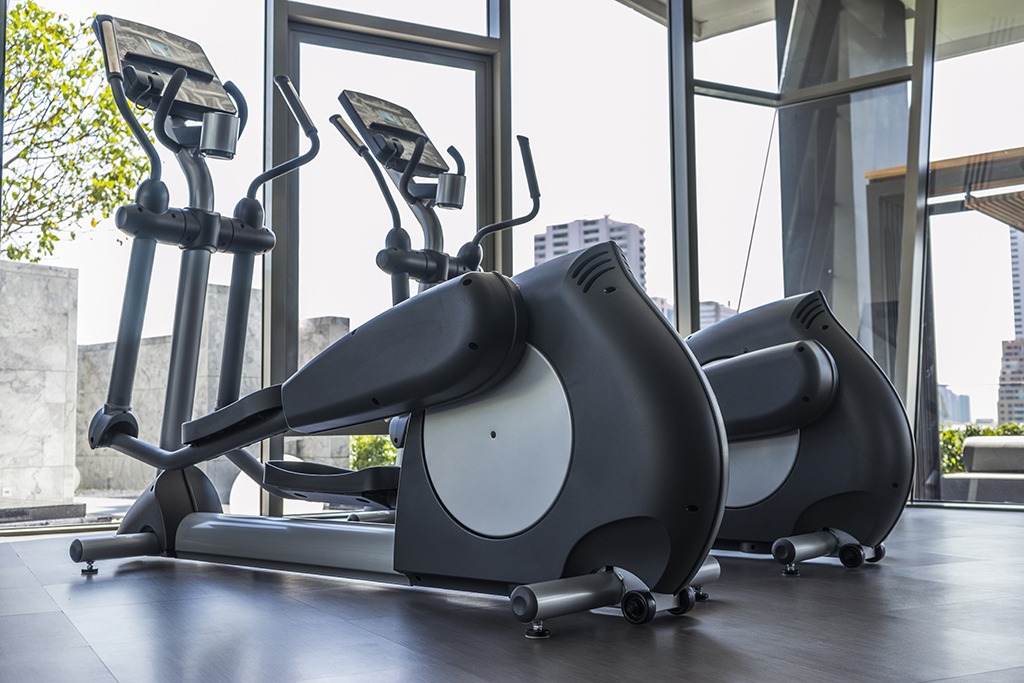
Whenever I start a new health and fitness plan, I’m always bombarded with what’s usually unsolicited advice on what I need to do (or not do) in order to be successful. It’s overwhelming. We’re taught to believe you shouldn’t eat before bed, you have to eat after a workout, you need to fuel up on protein and skip the carbs—the list goes on and on. So, it’s hard to know if you’re really screwed if you don’t follow these “rules” or if it’s open to interpretation.
While some of these common suggestions and “myths” aren’t completely false or meant to be disregarded, many are definitely misunderstood. So, we went to the experts to clarify exactly how these fitness myths can be applied to reaching your health and fitness goals—and which can be ignored altogether! After you check ’em out, don’t miss our report on the 24 Things No One Ever Tells You About the Gym!
MYTH: You Need a Pre-Workout or Post-Workout Snack
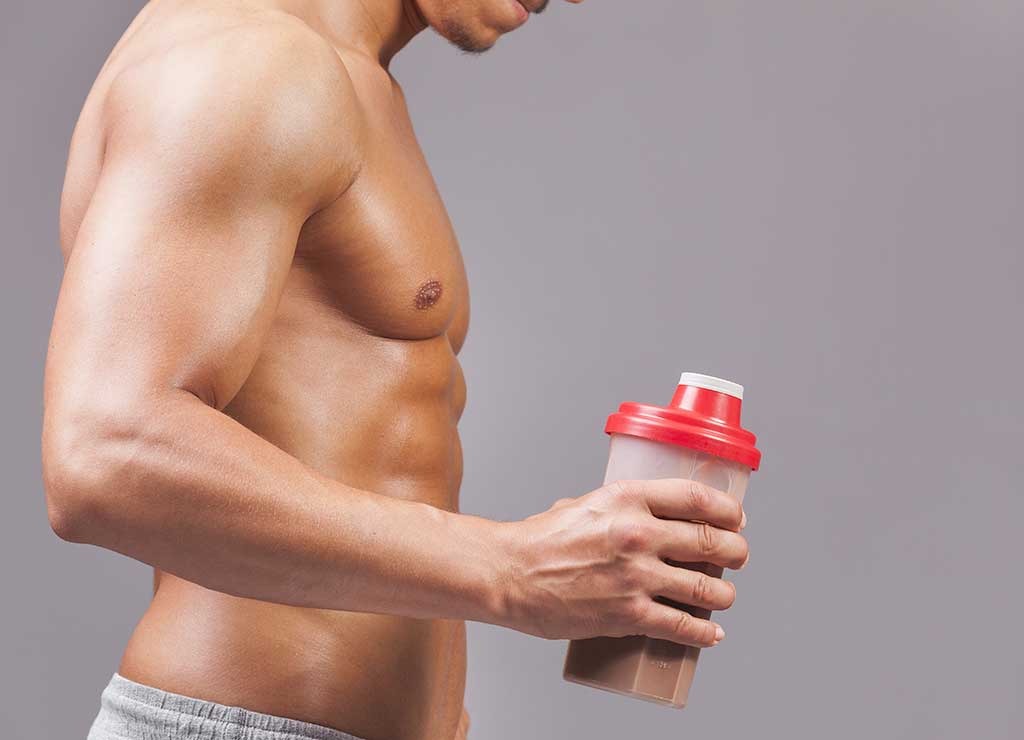
Depending on how hard or long you’re working out, you may not always need the extra calories. “People will do 20 minutes and reward themselves with a caloric protein shake,” says Kristin McGee author of Chair Yoga: Sit, Stretch and Strengthen Your Way to a Happier, Healthier You. “But unless you’re doing major training or preparing for a marathon, you may not need it. Listen to your body; if you’re hungry, have a healthy snack but don’t eat before or after a workout just because you think you need to.” If you know you definitely need to refuel after a big workout, check out our report, 20 Trainers Reveal What They Eat After a Workout!
MYTH: More Is Better
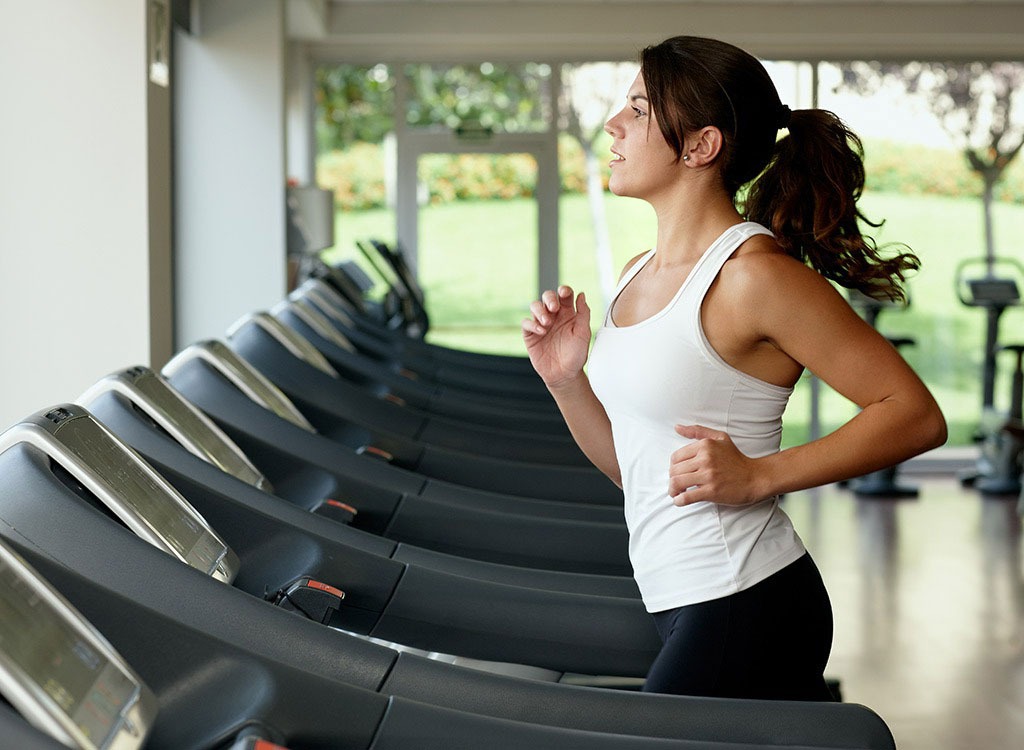
No, you don’t need to spend two hours on the treadmill and then another two hours weight training. Because guess what? There is such a thing as overtraining. “The key is balance and specificity to your body. You want to find a balance between healthy eating, cardio, and resistance work,” says Nika Eshetu, pilates instructor and owner of Atomic Pilates in Los Angeles. “When you overtrain, you risk injury and creating new imbalances in your body that will cause you major problems down the road. If you’re injured, you can’t train and you start losing all that hard work you’ve put in.” Whether your goal is sports performance, weight loss, or fixing an existing issue or imbalance, the answer is the same: find a plan that’s well-rounded so you have a balanced amount of cardio, resistance, and mobility work.
MYTH: Your Knees Should Not Go Past Your Toes When You Squat
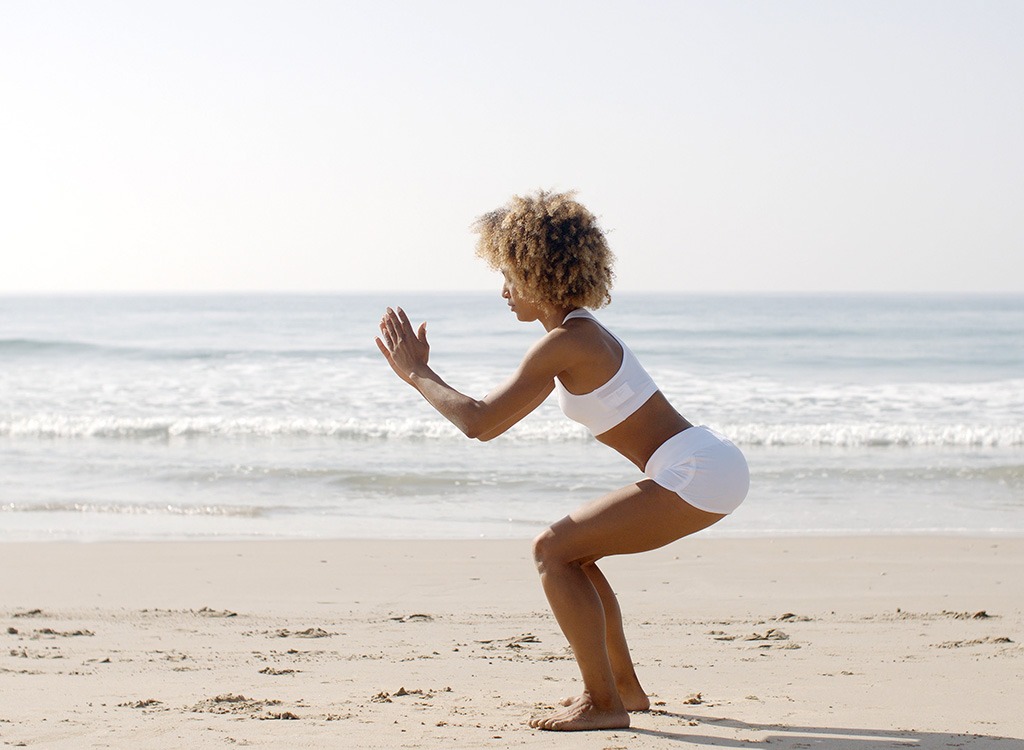
Have you ever tried to sit without using your knees and just using your hips? Try to even sit down just using your knees and not your hips. “You look foolish,” says James Shapiro, MS in exercise science and NASM CPT, CES, PES. “Some people have tighter ankles than others and that limits your range of motion with your knees for the squat. Olympic lifters, if you watch carefully, actually have their knees passed their toes to maintain a more upright bodily position to perform their movements. Are they crippled after their lift? No; they’re wearing shoes with elevated heels and also possess more mobility in the ankles.” There needs to be an understanding that knees passed toes is not horrible—it’s when knees travel way outside the line over your toes when professionals start to cringe.
MYTH: You Can Spot Train

Do you have that one area on your body that just drives you crazy? Do you spend all of your time in the gym just doing inner thigh exercises to tighten and get rid of the fat there? If you do, it’s time to stop. “Don’t stop working the muscle but stop overdoing the one area,” says Eshetu. “Spot training doesn’t exist. Yes, you can create muscle in the area you’re working but you will never see the results if you don’t lose the fat that’s surrounding it.” The way to get to this goal is to change up your training program and challenge the muscles in different ways to force your body to get out of the rut. Then you’ll start seeing real change! Certain tips can apply to different types of bodies, though; find out more with these 17 Weight Loss Tips Based on Your Body Type!
MYTH: You’ll Get Bulky If You Strength Train
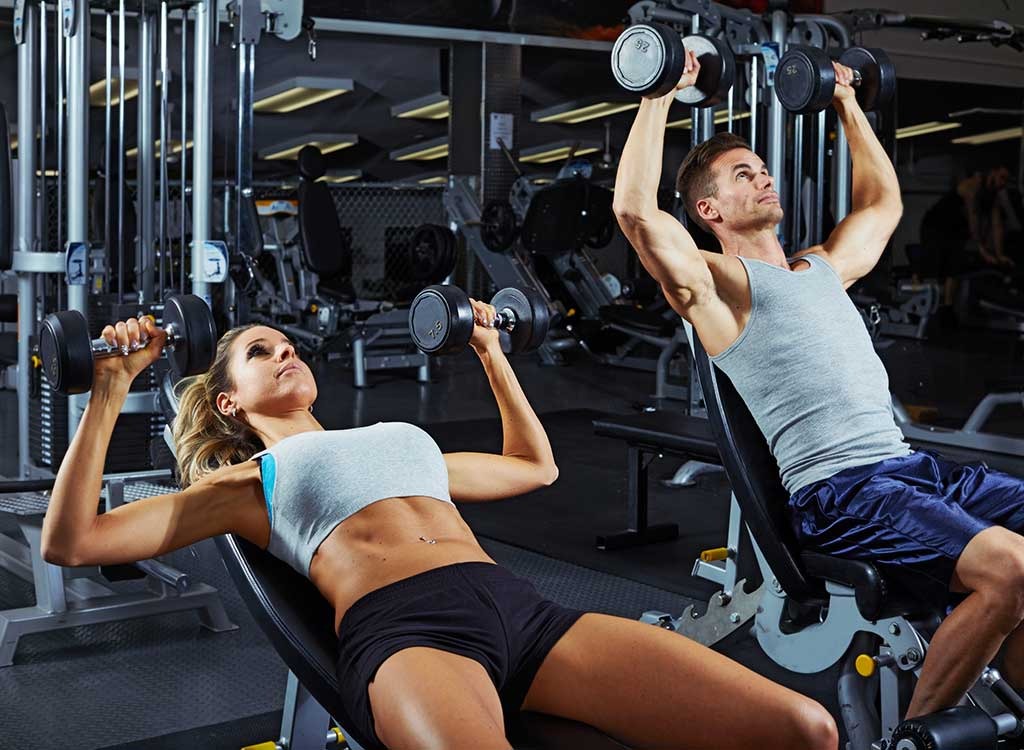
“Stop spending all your time running or on cardio machines! You need weights to change your muscles,” says Eshetu. “You’re more likely to lose muscle tone and strength if all you do is cardio. The resistance will help you tone and tighten, and you will look leaner, stronger and healthier without looking bulky.”
MYTH: Yoga is Better for Flexible People
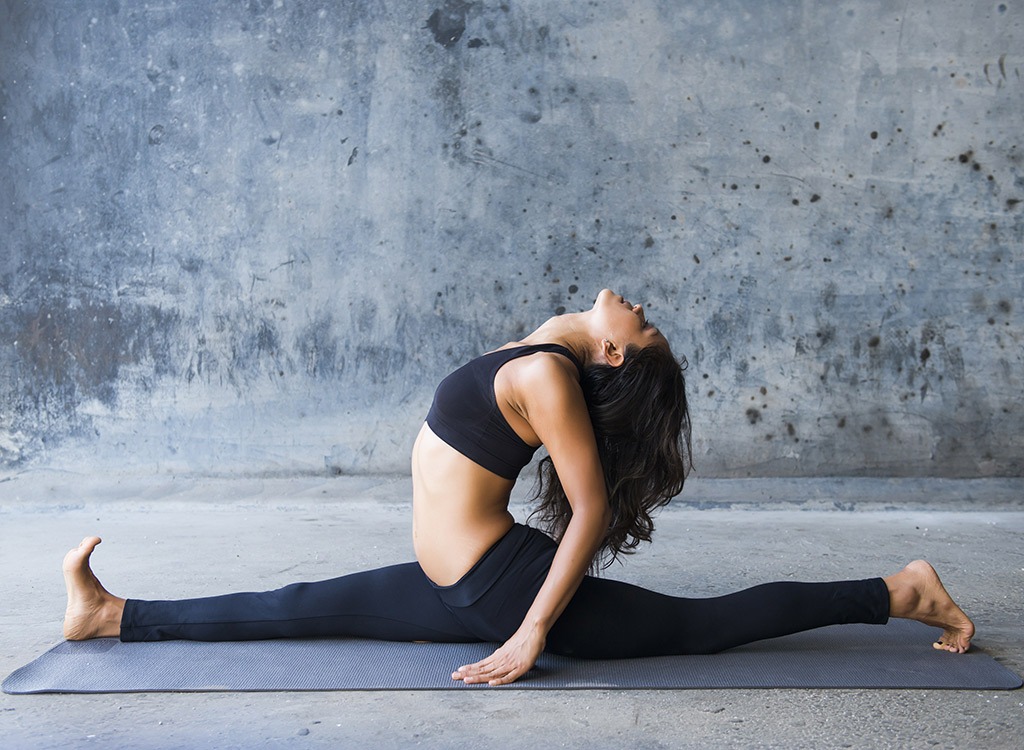
We’ve all seen the impressive Instagram posts and totally understand how it seems like yoga is meant for people who have Gumby-like flexibility. But the truth is that even the least flexible people should embrace yoga. “Yoga helps you gain flexibility. If you’re stiff, that is a reason to start practicing,” says McGee. So, get on those yoga pants and get started in a beginner class!
MYTH: There’s a “Quantum Leap” to Optimum Health
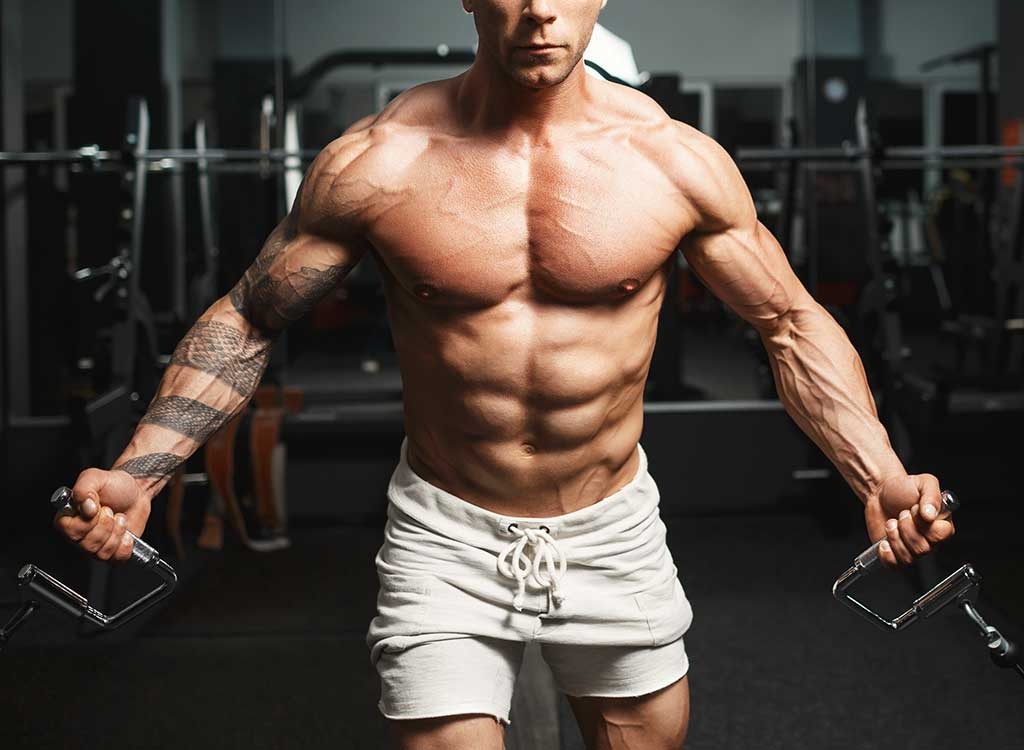
Because of the instant gratification nature of our culture, we all want instant everything. “The truth is, there is no quantum leap from being unhealthy to healthy, from overweight to fit. There’s no one huge thing that’s going to catapult you into being healthy and fit. There’s no miracle diet, pill, or piece of gym equipment that’s going to get you there overnight,” says Amber S. Brown, personal trainer and of thegococollective.com. The only way you are guaranteed to get healthy and fit? Commit to simple, easy daily disciplines that will get you closer to your goal. “You might think, ‘But that’ll take forever.’ No, what will take forever is believing that you can do one great thing and get yourself to your goal,” Brown explains. “You have to dedicate yourself to a routine that you can sustain over time.” If you start off by making a small lifestyle change—like putting in a 15-minute workout every day or cutting out dairy from your diet—and you stay committed to that, it will add up over time. For some mid-day ideas, try these 18 Lunch Rituals to Help You Lose Weight!
MYTH: We All Need More Protein
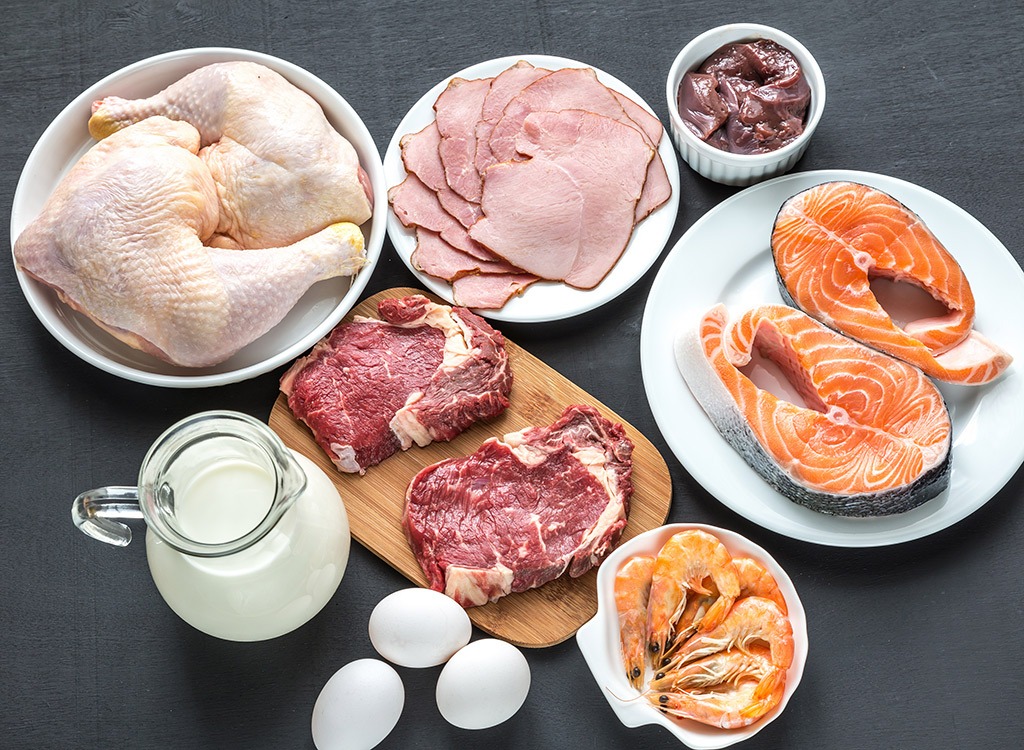
When’s the last you ever heard someone complaining about being sick from a protein deficiency? Probably never. And Brown feels that the overconsumption of protein has contributed to obesity and heart disease. Why? The meat industry. “Because animal protein is generally high in saturated fats, it is one of the main causes of detrimental conditions like heart disease and morbid obesity,” Brown explains. “But because animal agriculture is one of the largest businesses in America and farmers want to make their money, this goes unheard and we’re brainwashed into thinking that we need more meat and more protein—when really our bodies are not designed to handle a high daily protein intake.”
MYTH: Carbs Are the Devil

Carbohydrates are made up of carbon, hydrogen, and oxygen. Does it seem like they should be avoided like the plague? No! Carbs are actually essential as they’re our main source of energy. “The low-carb phenomenon has been ubiquitous in America for years now and it has made people afraid to eat fresh fruit,” says Brown. “It’s not because low-carb makes you skinny or fit. ‘Low-carb’ labeling gets you to buy foods claiming to be low-carb but are still high in fat and other bad stuff that wrecks your health.” Complex carbs like fresh fruit, potatoes, sweet potatoes, corn, brown rice, beans, hummus, quinoa, potatoes, whole wheat, and pasta made from brown rice are what our body naturally craves because it’s what our brain uses to function properly. “Carbs should actually be the highest nutrient intake per day. Without them, you will be drowsy and devoid of energy—just avoid simple carbs and anything that is white because they are practically nothing but sugar so they lead to sugar highs and contain zero nutritional value. These kinds of carbs are usually made with foods that are high in fat.”
MYTH: Running Should Be Exhausting
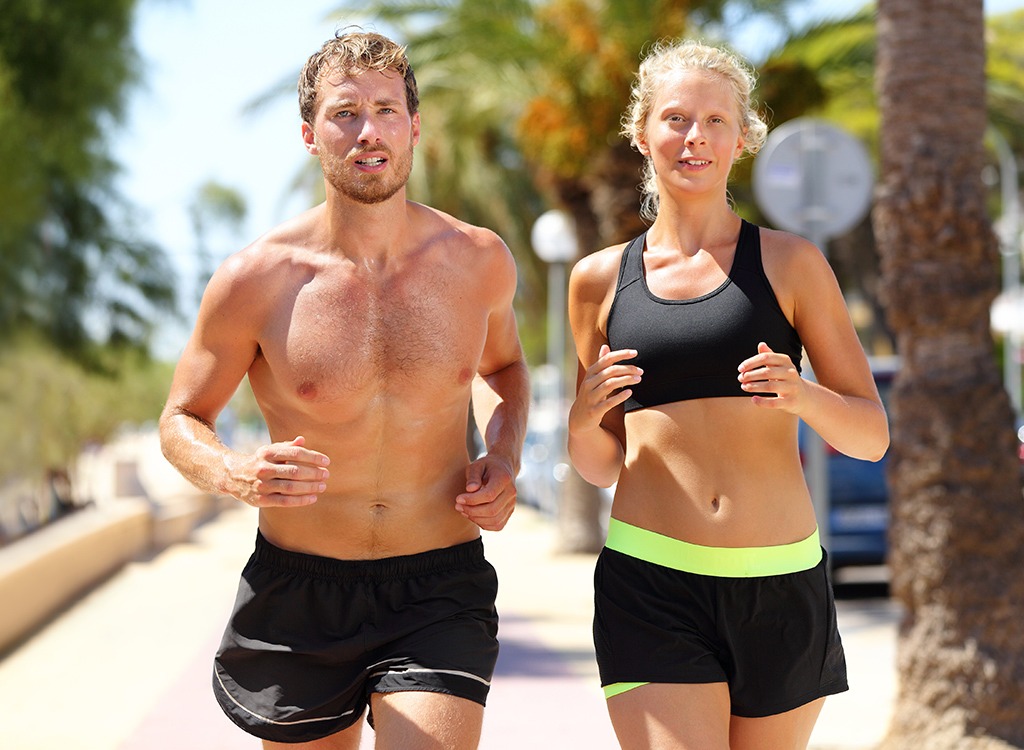
You think of taking up running and images of breathlessly going uphill or miserably pounding the sidewalk might fill your head—but it doesn’t have to be that way. “The vast majority of running a person performs should be a fairly easy effort and conversational pace,” explains running coach Kyle Kranz. “Runs should be ended before the runner feels like they absolutely must end the run due to fatigue. Keeping the workouts easier and shorter allows the runner to run more consistently, frequently, and recover better.”
MYTH: Crunches Strengthen Your Core
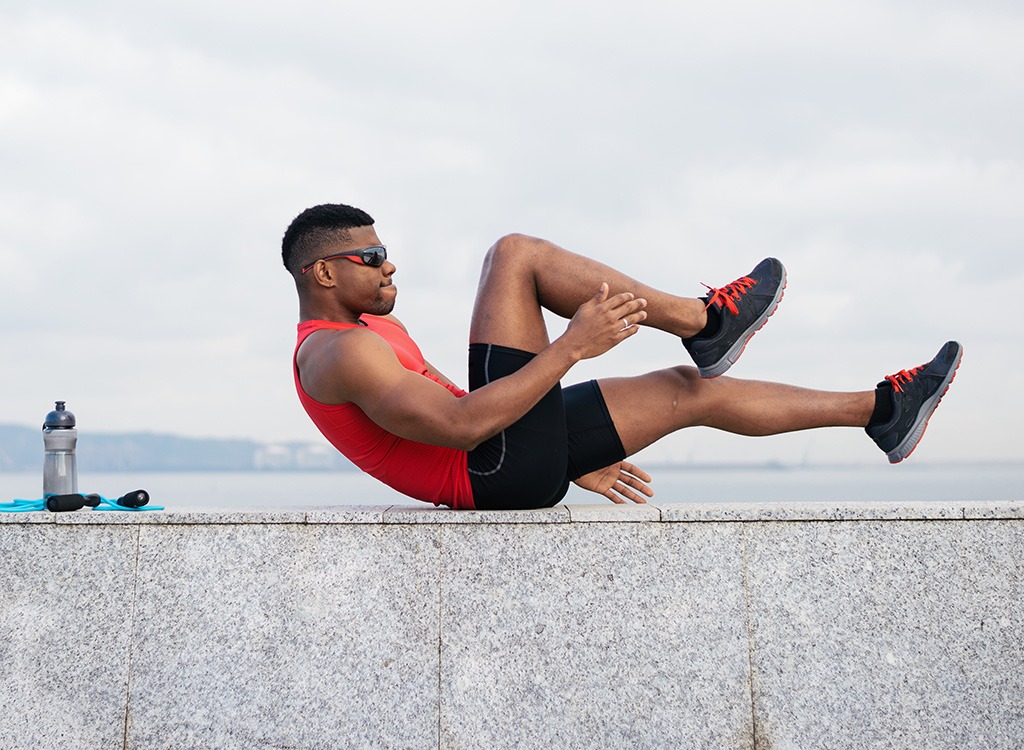
“One of the biggest myths I hear on a regular basis is that exercises like crunches, supermans, and twisting exercises are core strengthening exercises,” says Doug Barsanti, MA, NSCA-CPT, CSCS and owner of ReInvention Fitness LLC. “These are exercises designed to work torso muscles in isolation, but the core is actually everything that stabilizes the spine from the neck down to the pelvis and involves a lot of different muscles all working together to maintain a neutral spine position.” Think of the core as a symphony of instruments that all need to play together at the right time and at the right level. “Most of these ‘core strengthening’ exercises are focused on making one instrument/muscle louder/stronger. But that doesn’t necessarily make the orchestra function better as a group or make the music any better. Better choices are planks, side planks, bird dogs, or any exercise that involves maintaining a neutral spine position, which can include strength training exercises like squats, deadlifts, push ups, pull ups, and so on.”
MYTH: Soreness is a Sign of a Good Workout
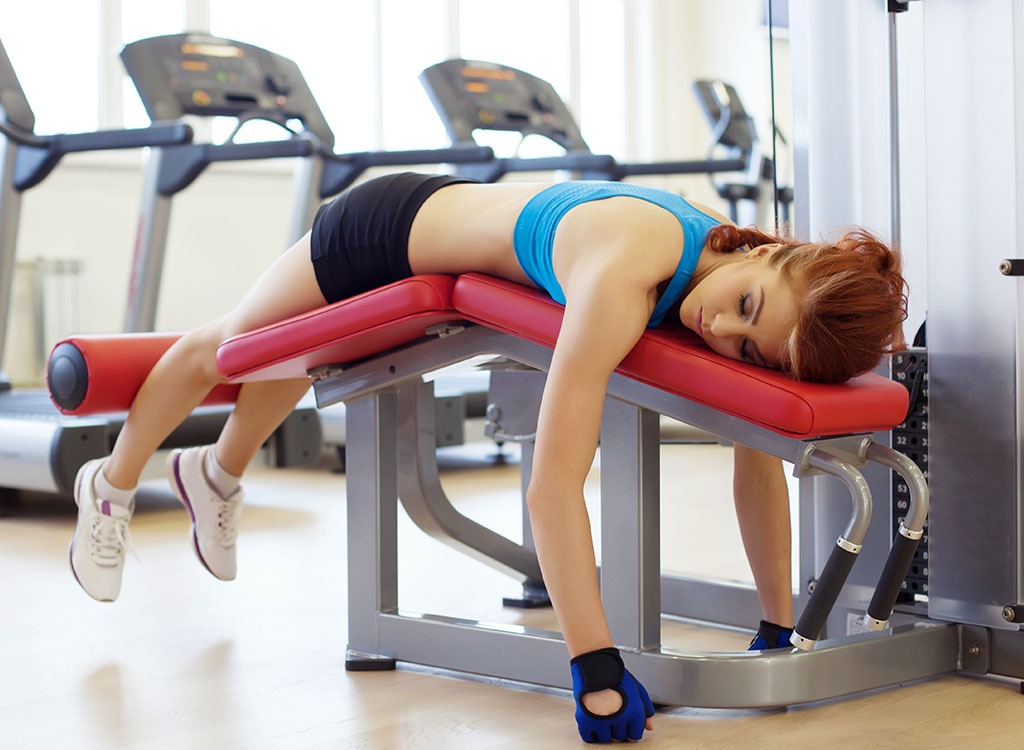
Most believe that muscle soreness is caused by lactic acid but it’s actually more of a contributing factor. “Micro tears and damage in muscle tissue are what causes soreness,” says Brandon Mentore, strength and conditioning coach, functional medicine practitioner and sports nutritionist. “Doing an intense workout can cause soreness and is typically delayed between 24-48 hours.”
MYTH: More Sweat Means You’ve Burned More Calories

Your body is highly sophisticated when it comes to your overall metabolism. Sweating happens as a result of your core body temperature rising and heat does have an associative relationship to calorie burn—but to a certain point. “Your body won’t keep burning more and more calories to regulate your temperature. That would be inefficient. You will either fatigue and have to reduce your intensity due to what’s known as thermal breakdown, or if you’re highly conditioned, your body will level off temperature regulation breaking somewhat even with caloric burn,” explains Mentore. “Even taking all of this into consideration, the desired source of calorie burn would ideally be fat. But there are many factors at play that unless you have sophisticated equipment to measure you can’t really be sure how much fat you’re burning. We do know that you’re burning some but how much is difficult to tell and more sweat is not a reliable metric.”
MYTH: You Can Eat Whatever You Want As Long As You Workout

At best, you may be able to maintain your current weight and not gain extra pounds. “Weight loss occurs when you burn off more calories that you consume. Exercise alone is not enough to burn off eating ‘whatever I want,'” says Steven McDaniels, director of fitness and athletics at Beacon College. “The best thing to do is eat a balanced diet and engage in plenty of movement throughout the day. Exercise in addition to those two basic ideas will help you lose weight.”
MYTH: A Calorie is a Calorie
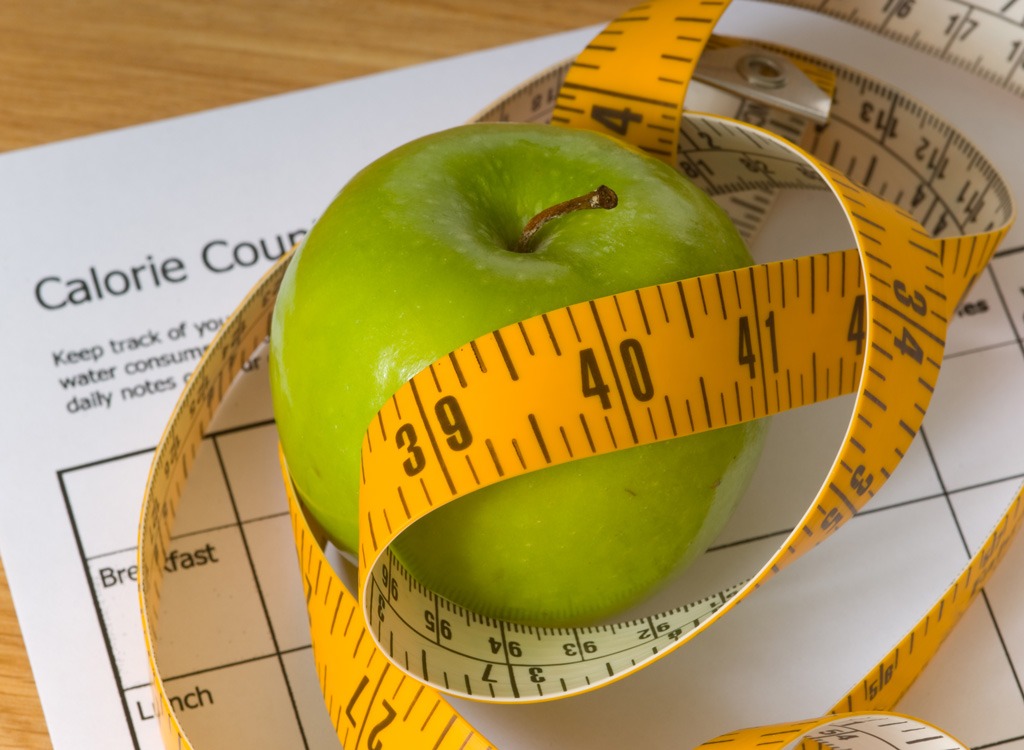
While this isn’t technically a myth, it’s often misunderstood. Stephen Box, owner of Stephen Box Fitness & Nutrition says there are several issues with calorie counting. For example, calories listed on labels can actually be off by as much as 25 percent and different cook methods may increase or decrease calories. “You also run into the issue of food quality,” Box says. “I can feed two identical people the exact same number of calories, but if one of them gets all of their calories from chocolate bars and the other from lean protein, vegetables, complex carbs, and healthy fats, the second person is going to be far more likely to burn fat and lose weight.”
DON’T MISS: 20 Foods With More Calories Than You Think
MYTH: You Can’t Get in Shape Without Motivation
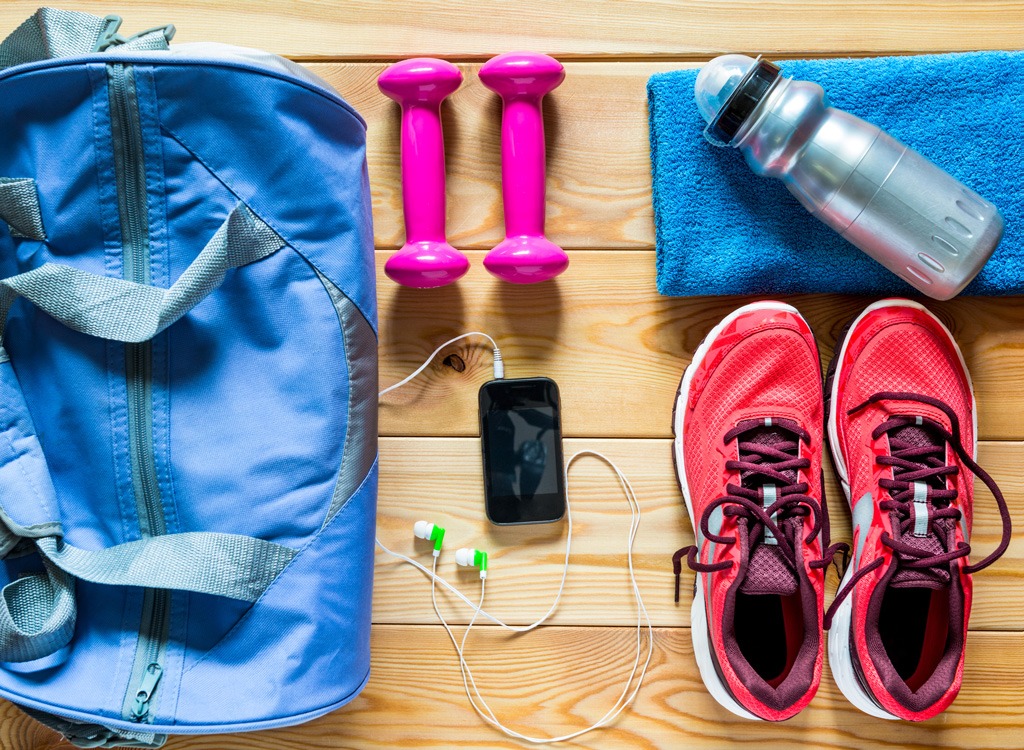
Here’s a twist. When it comes to fitness, motivation is nothing more than a word, and it’s used both as an upper and a downer. “For example, when someone makes a New Year’s resolution or decides that they’re going to get fit on Monday, they think they’re feeling really motivated,” explains Lindsay Paulson, health and wellness blogger and running and fitness enthusiast. “Likewise, when someone gets bored with working out or sick of it, the excuse is, ‘I lost my motivation.’ Or, ‘I just need to get motivated again.’ Or worse, ‘I wish I had your motivation.’ I believe motivation is nothing more than a word. What it really boils down to is making a choice—every day. Fitness is either a priority and something we choose to do, or it’s not. End of story.”
MYTH: Barbells, Dumbbells, Machines, And/or Kettlebells Are Essential
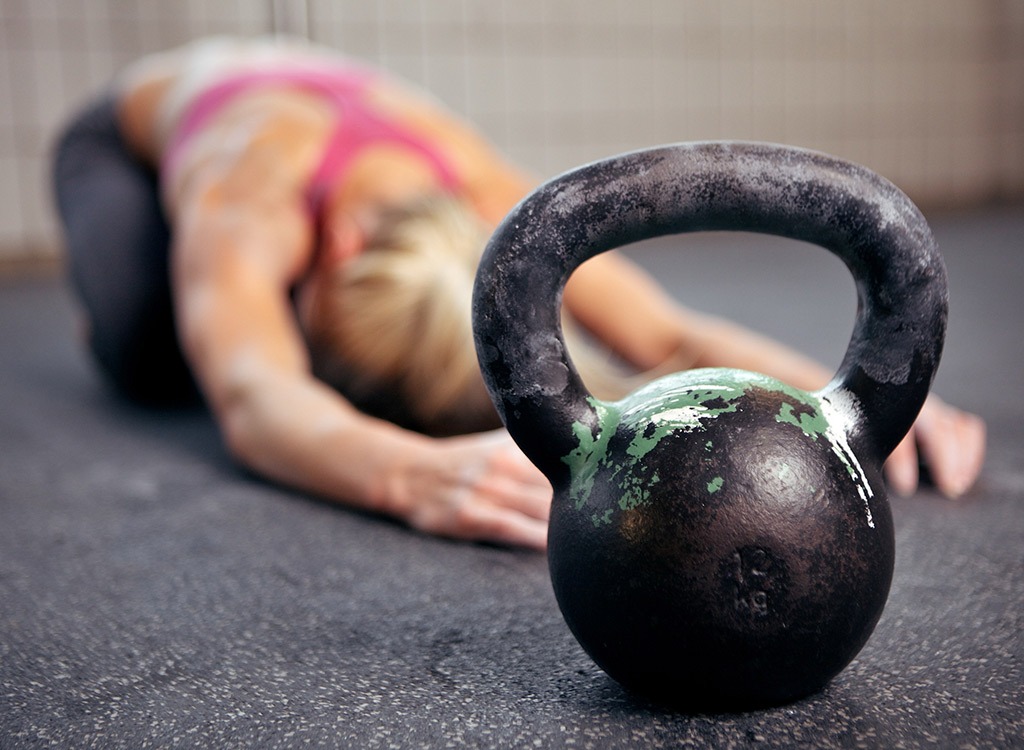
“I’m personally always preaching to my clientele and other fitness professionals that if you aren’t able to master your own body weight, then you really shouldn’t be working out with any other equipment,” says Shaun Zetlin, master trainer and fitness author. “In other words, if you haven’t perfected the neutral spinal position during a push-up or shoulder plank, then you may not want to skip the barbell bench press.”
MYTH: It’s Okay to Reward Yourself with Treats
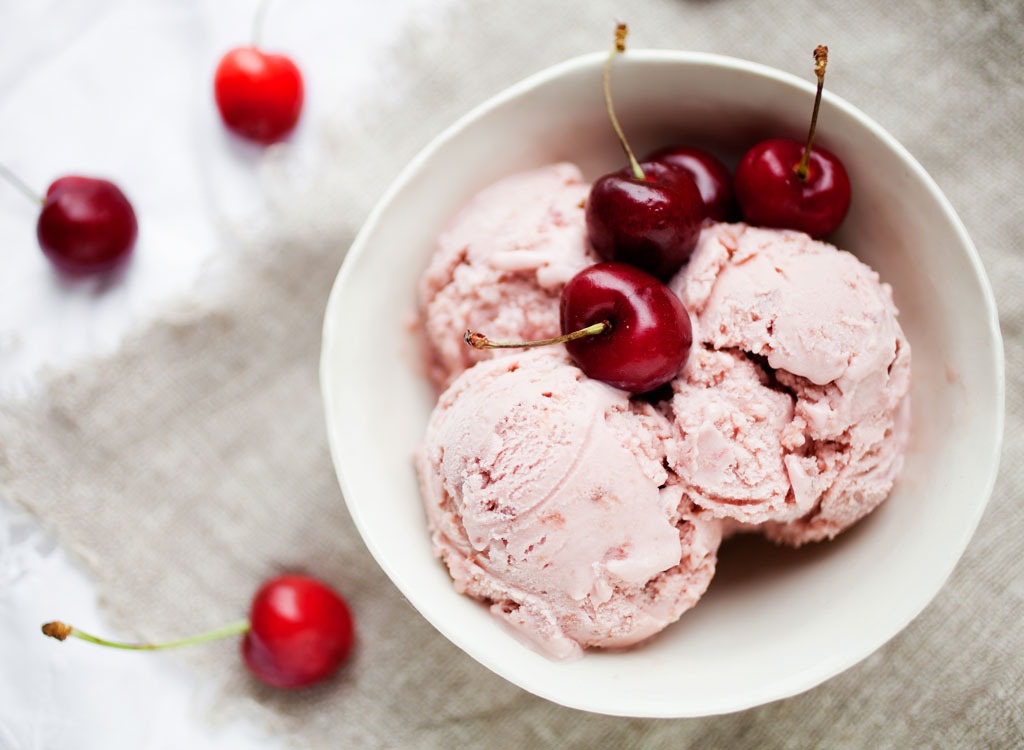
Many underestimate the amount of calories they consume and overestimate the amount of calories burned from exercise. “The truth is by treating yourself to extra treats as a reward for exercise, you will likely eat back the calories you burned but also some extra as well,” says Alexander M. McBrairty, A-Team Fitness LLCB.A. Psychology, University of Michigan NASM. “You have to make smart food choices in order to be successful with your weight loss goals. As the saying goes, ‘You can’t out-exercise a bad diet!'” That said, you can reward yourself in other ways, like with these 25 Genius Ways to Reward Yourself After Weight Loss.
MYTH: Your Digestive System “Turns Off” When You Go to Sleep

Many people believe that your body’s digestive system “turns off” when you go to sleep, so any food not digested will automatically be turned to fat. Not true! “Your body’s processes never shut off. It’s true some processes don’t receive as much attention, but digestion and your body’s tissue maintenance never turn off,” says McBrairty. “In this state, it can put the nutrients where it needs it most, not toward other tasks requiring energy during the day. This misconception was born from the observation that many people who snack late at night tend to weigh more than those who stop eating after dinner. However, when taking a closer look, you will find that many of these individuals who snack late at night are doing so on top of their daily calories.”
MYTH: You Need to Give 100% Every Time You Workout
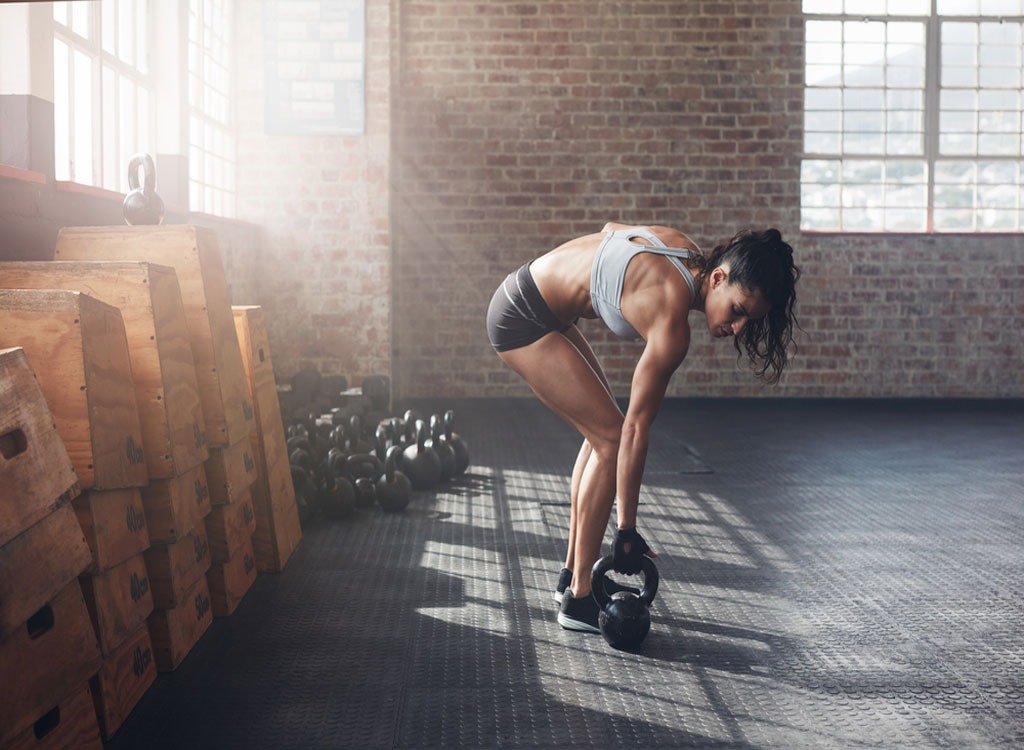
The idea that you need to go all out every time you workout is not necessarily true. Performing periodization workouts, which is the act of alternating the volume of intensity for maximum recovery can have incredible benefits in the long run for your workouts. “For instance, adding a moderate training session while keeping your high-intensity training sessions weekly will help you recover faster overall and help reach your fitness goals,” explains Zetlin.
MYTH: Women Shouldn’t Lift Weights
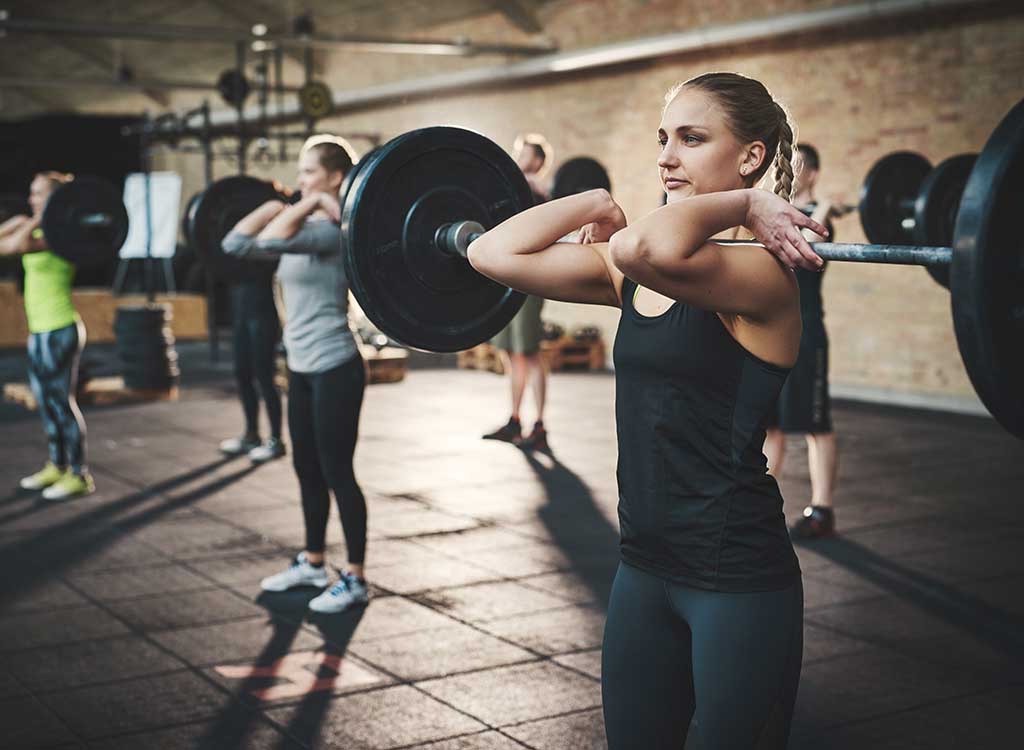
When it comes to increasing muscle size, testosterone is the main factor. Men have 20 to 30 times the more testosterone than women, which is why they can bulk up so noticeably. “But for women to reach monstrous proportions, it would require them to do far more weight-lifting than the average woman and have some sort of hormone imbalance—either genetic or artificially induced, as with steroids,” says Anthony Musemici, co-owner of Crossfit Bridge and Tunnel. “In fact, strength training will help women lose weight faster and keep it off in the long run and, if you also do cardio, it’ll help you retain muscle as you drop fat, as well as prevent your metabolism from slowing.”
MYTH: You Should Mostly Focus on Short Term Goals
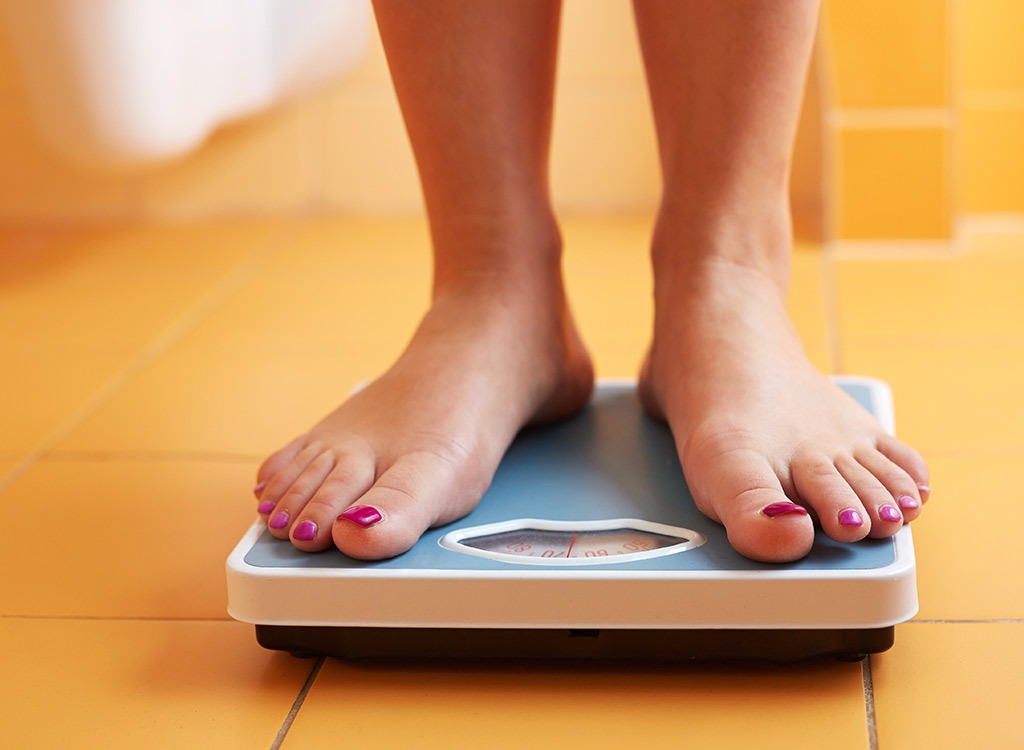
“There are tons of myths out there about diet and nutrition, and they’re all different in their own ways. Even though there are so many, I can always find one common trait shared by the ones that don’t work: they tend to focus on short-term results, not long-term effectiveness,” explains George Foreman III, son of heavyweight champion George Foreman and founder of EverybodyFights. “To make matters worse, the many diets and food options out there can often overcomplicate things and confuse people, making it harder to be healthy. It’s a shame, because, I find it to be simple: If you eat real whole food with a balance of lean meat, vegetables, fruit, nuts and whole grains, you will get all the nutrition you need. If you eat these, your body will digest it all, as opposed to processed foods, which your body sometimes doesn’t know what to do with. Over time, you will lose weight and feel better, and that feeling will last.”
MYTH: Calories Are Set in Stone

The amount of calories in a food or meal is a rough estimation—and once you eat that food or meal it can be a different story. “The thermic effect of food which is the cost of digesting a food accounts for about 10 percent of the caloric value—sometimes more or sometimes less, depending on the food,” explains Mentore. “Your metabolic and digestive capacity determines how many actual calories you’ll be able to extract so while that apple may contain 80-90 calories you may only be able to absorb half of it.”
MYTH: You Should Do Cardio on an Empty Stomach
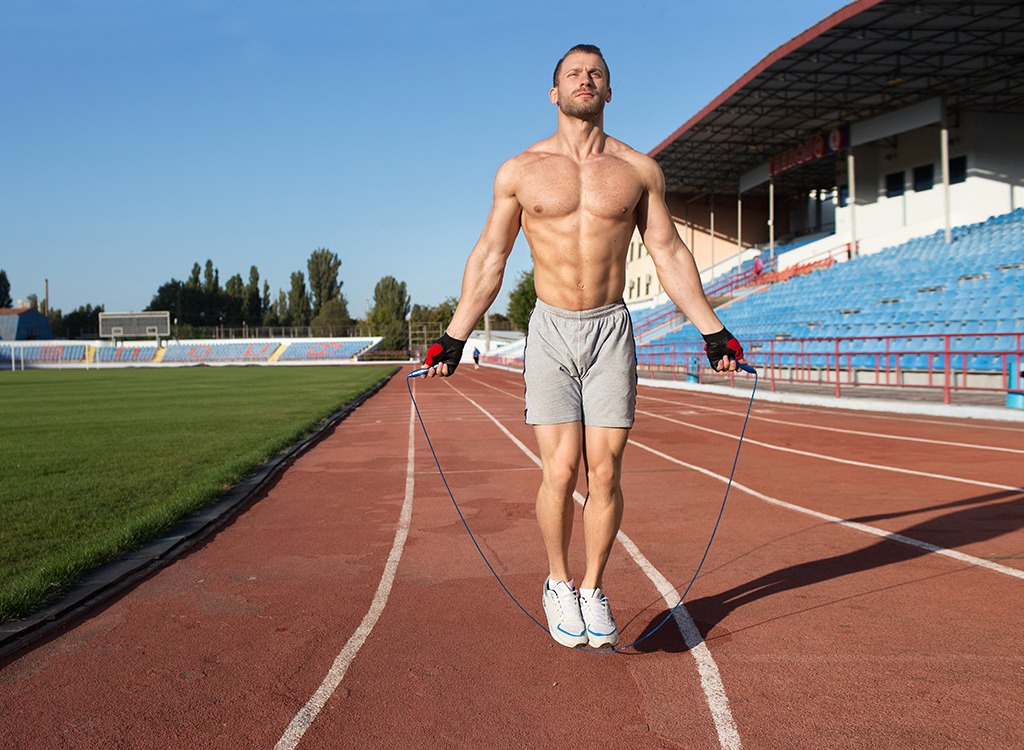
There’s a lot made of fasted cardio being the best for weight loss—but you need to have gas in the tank if you want to have lasting results. “Our bodies depend on the macronutrients carbohydrates and protein for energy. It’s not wise to run on an empty tank,” says Heather Neff, certified personal trainer and sports nutritionist. “This can cause muscle wasting as the body will dig into our protein stores because there are no carbohydrates to use as energy. The fat burning process happens hours after cardio is completed. Fasted cardio also inhibits energy levels and performance.”
MYTH: You Have to Exercise 45 Minutes at Least Three Times a Week
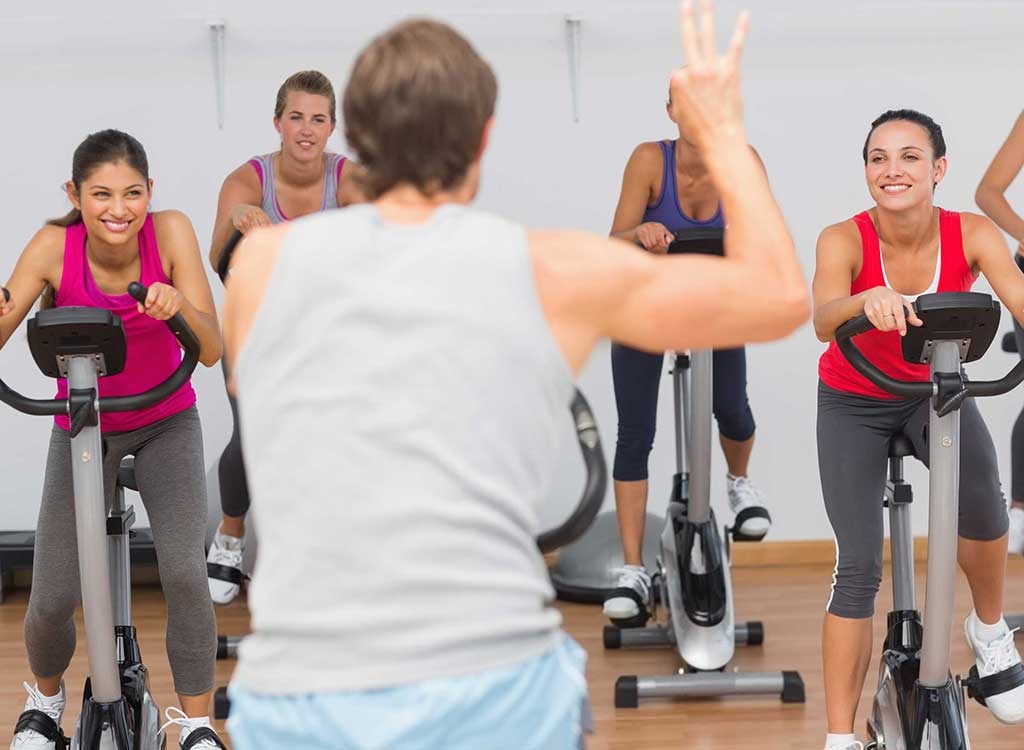
It truly doesn’t matter how consistent you are, if you’re not challenging yourself. “An effective workout is a workout in which intensity and resistance are present in each exercise,” says Zetlin. “For example, performing a few rounds of a high-intensity interval training (HIIT) for 10 minutes is more beneficial than casually exercising on the elliptical at a moderate speed for an hour three times weekly.”
MYTH: Fats Are Bad
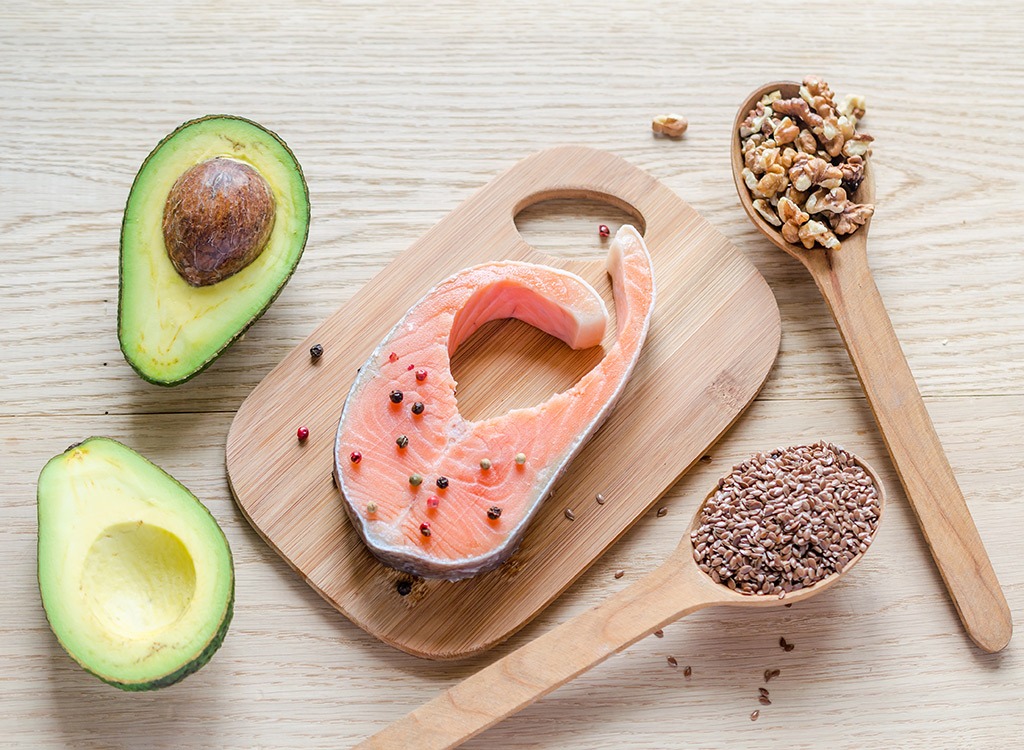
The idea that fats are evil is slowly being changed as the low-fat diet crazes have steadily decreased over the years. “Healthy fats—such as olive oil, coconut oil, avocado and omega 3s—are critical to brain function, hormone production and cellular repair,” says Bruce Kelly, MS, CSCS, CFSC, Pn2 and owner of Fitness Together. Get the complete picture with our helpful insights into What Happens to Your Body When You Don’t Eat Enough Fat.
MYTH: Lifting Weights Doesn’t Do Anything For You
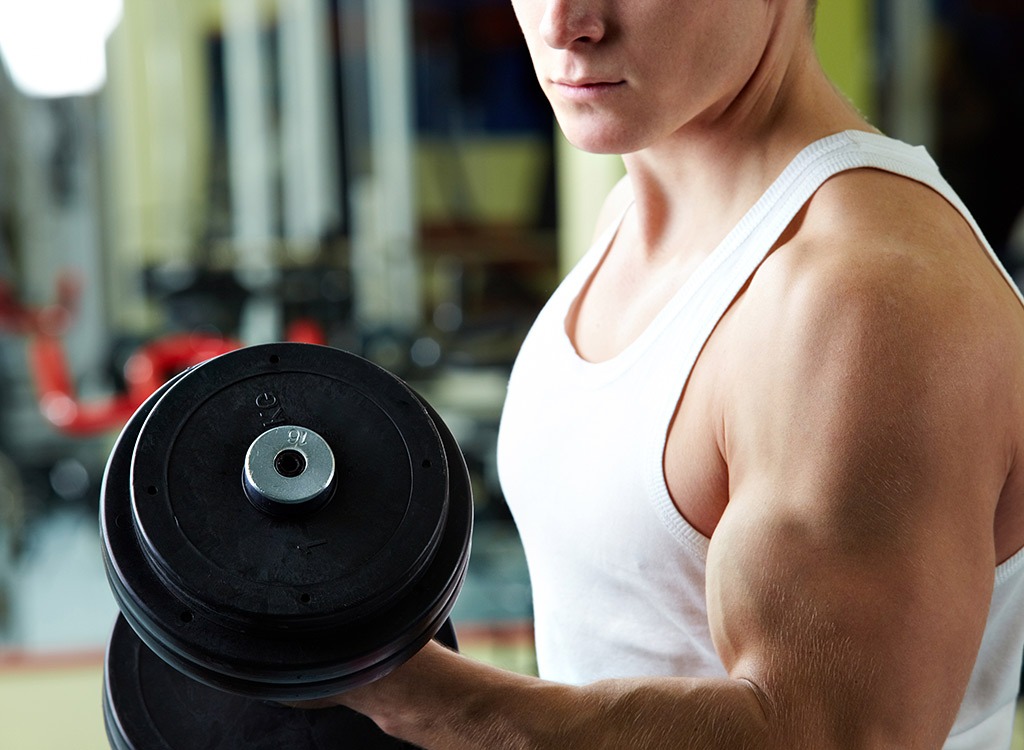
“I agree that lifting heavy weights is very beneficial to the musculoskeletal system. But what about light weights? Many people cannot lift such heavy loads. Does this mean that they cannot achieve the benefits of lifting weights? Absolutely not!” says Katy Fraggos, Owner/Creator of Perspirology. Studies are now finding that there are just as many benefits for the body when lifting light weights at higher repetitions! “Also, don’t forget that ‘body weight training’ has the ability to change body composition with virtually infinite amounts of exercises from which to choose. You can sculpt long, lean muscles by literally using your own body weight and adding light hand or ankle weights at higher repetitions.” So, just because you are aging, arthritic, or recovering from an injury, doesn’t mean you have to stop training. And if you’re inspired by the pro weight lifters, don’t miss these 7 Foods Bodybuilders Gave Up—But Don’t Miss at All!

